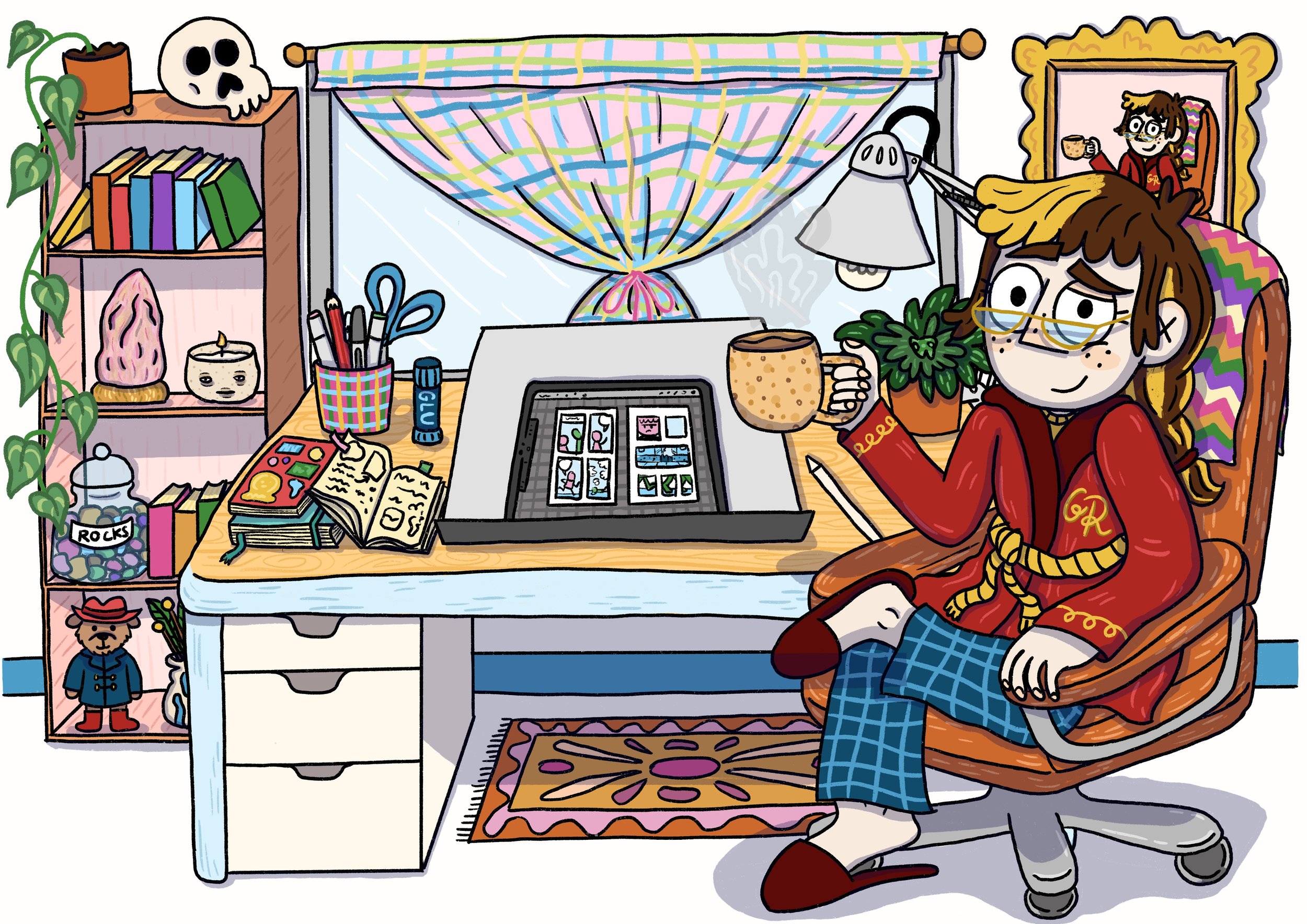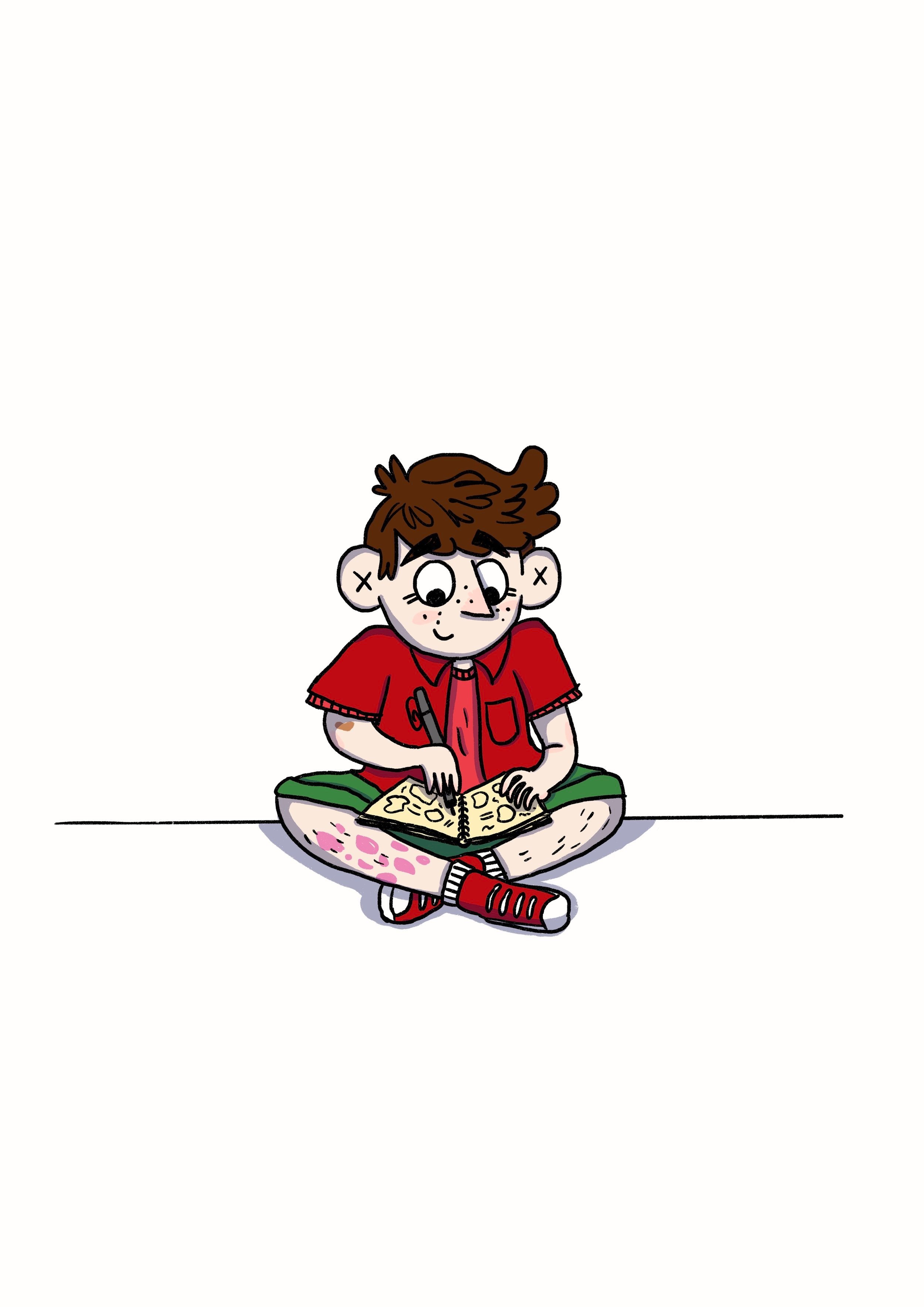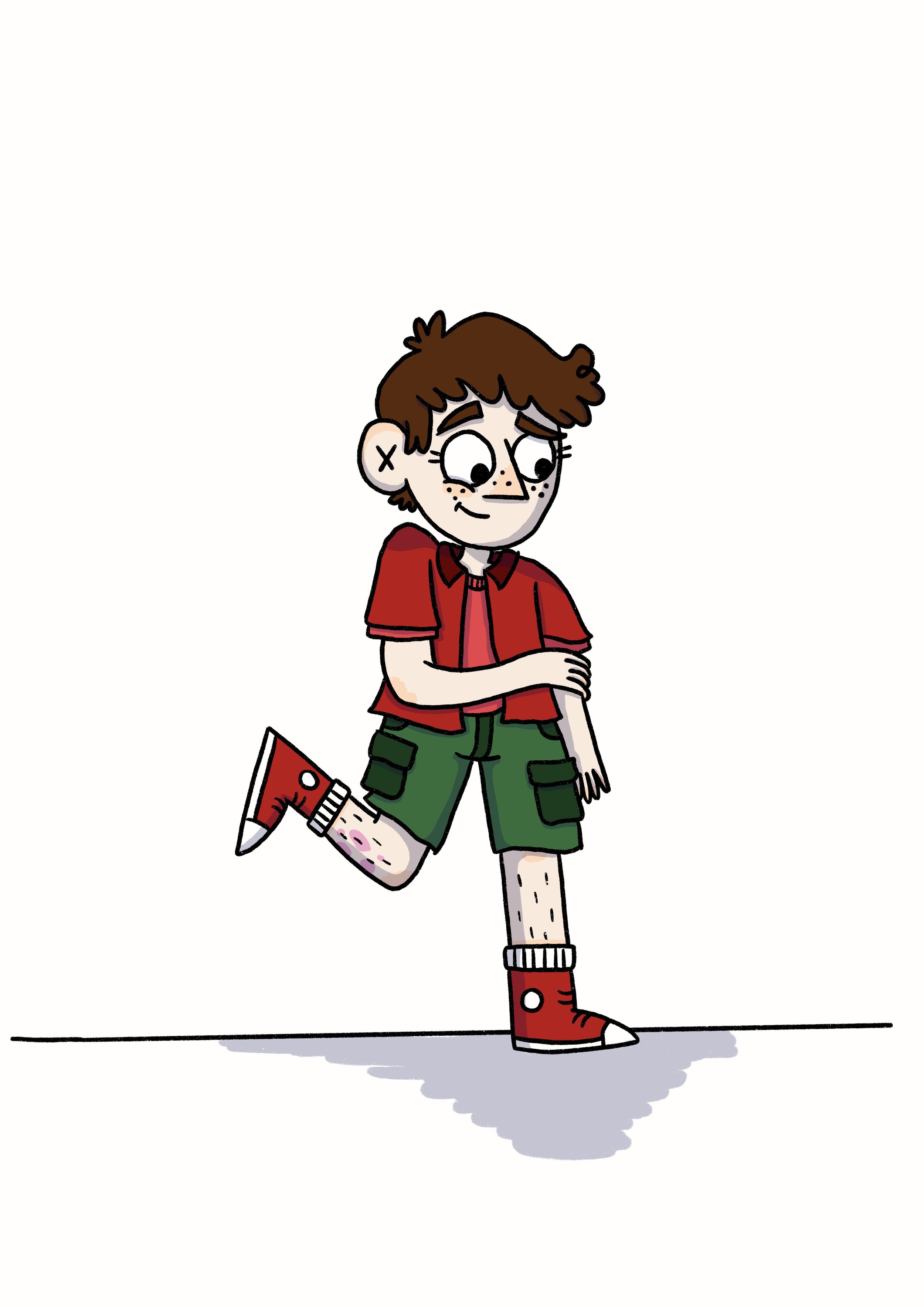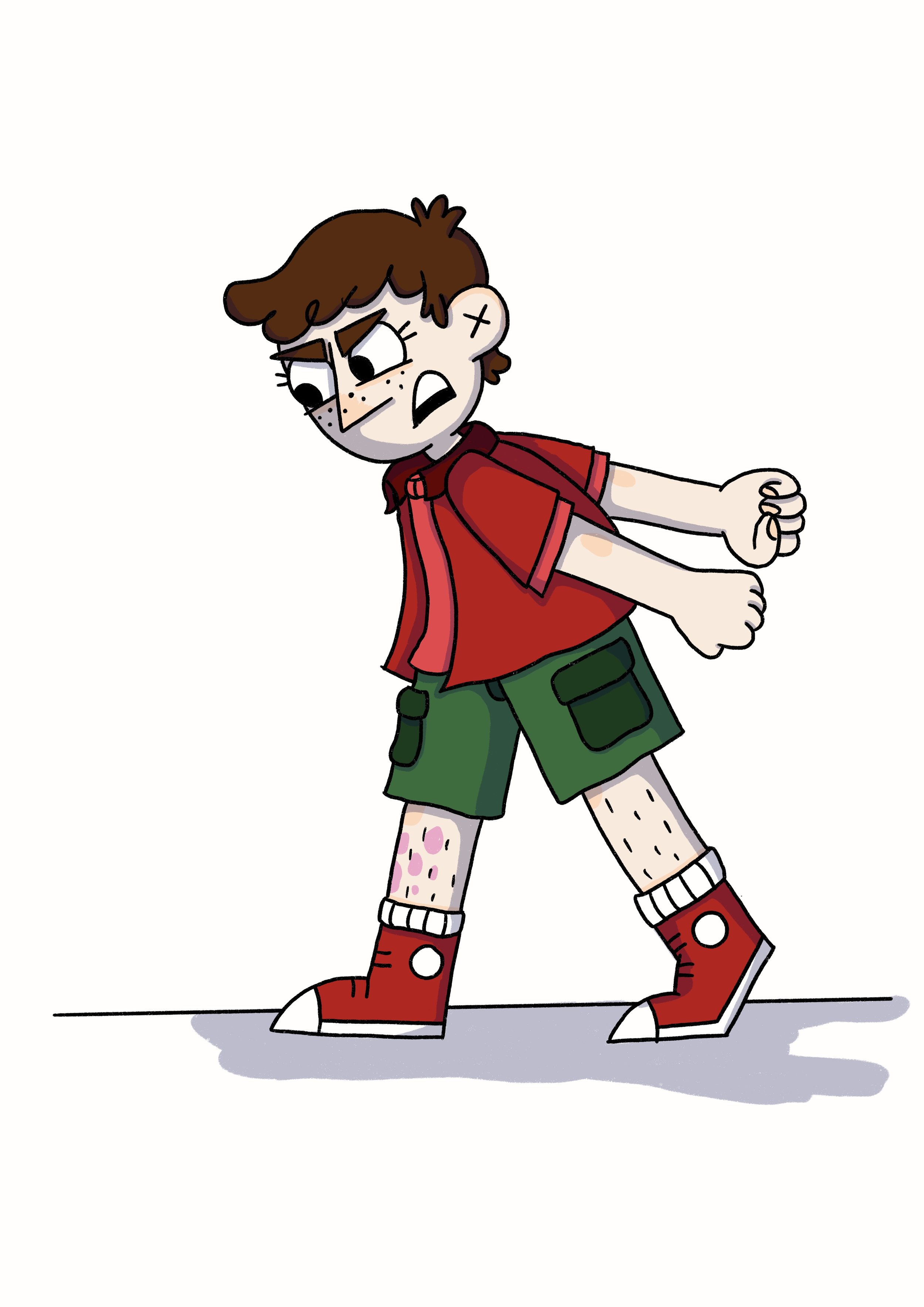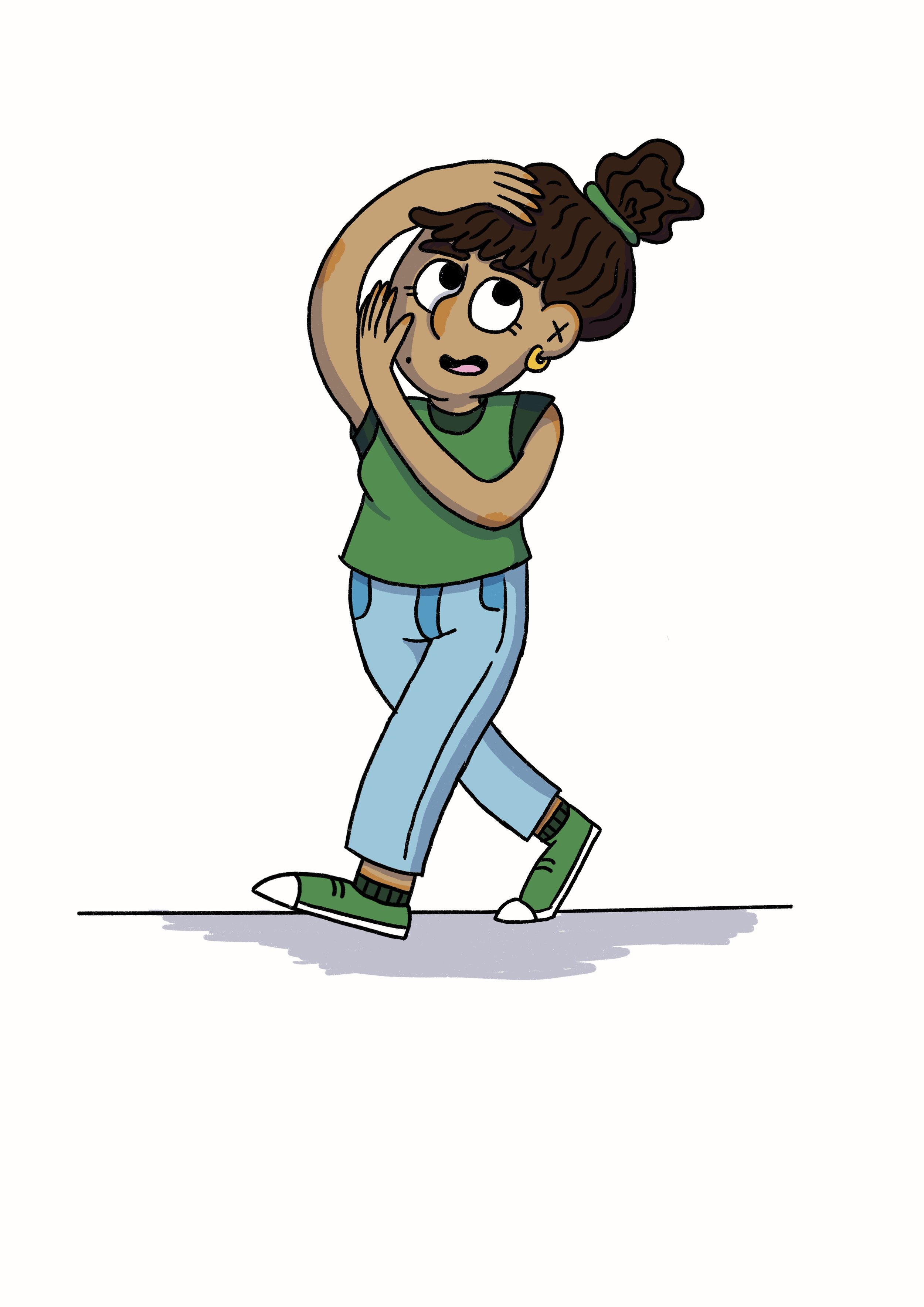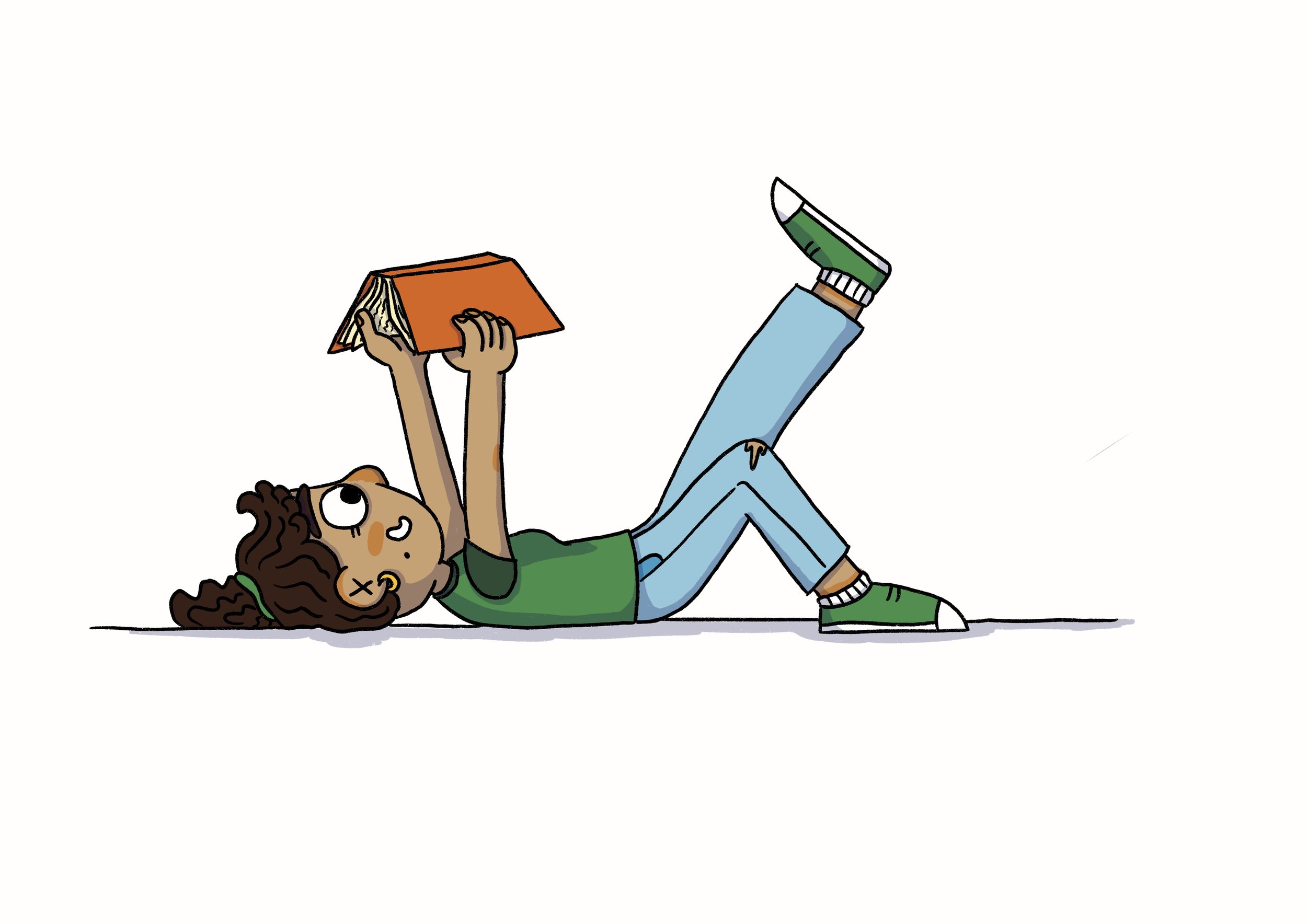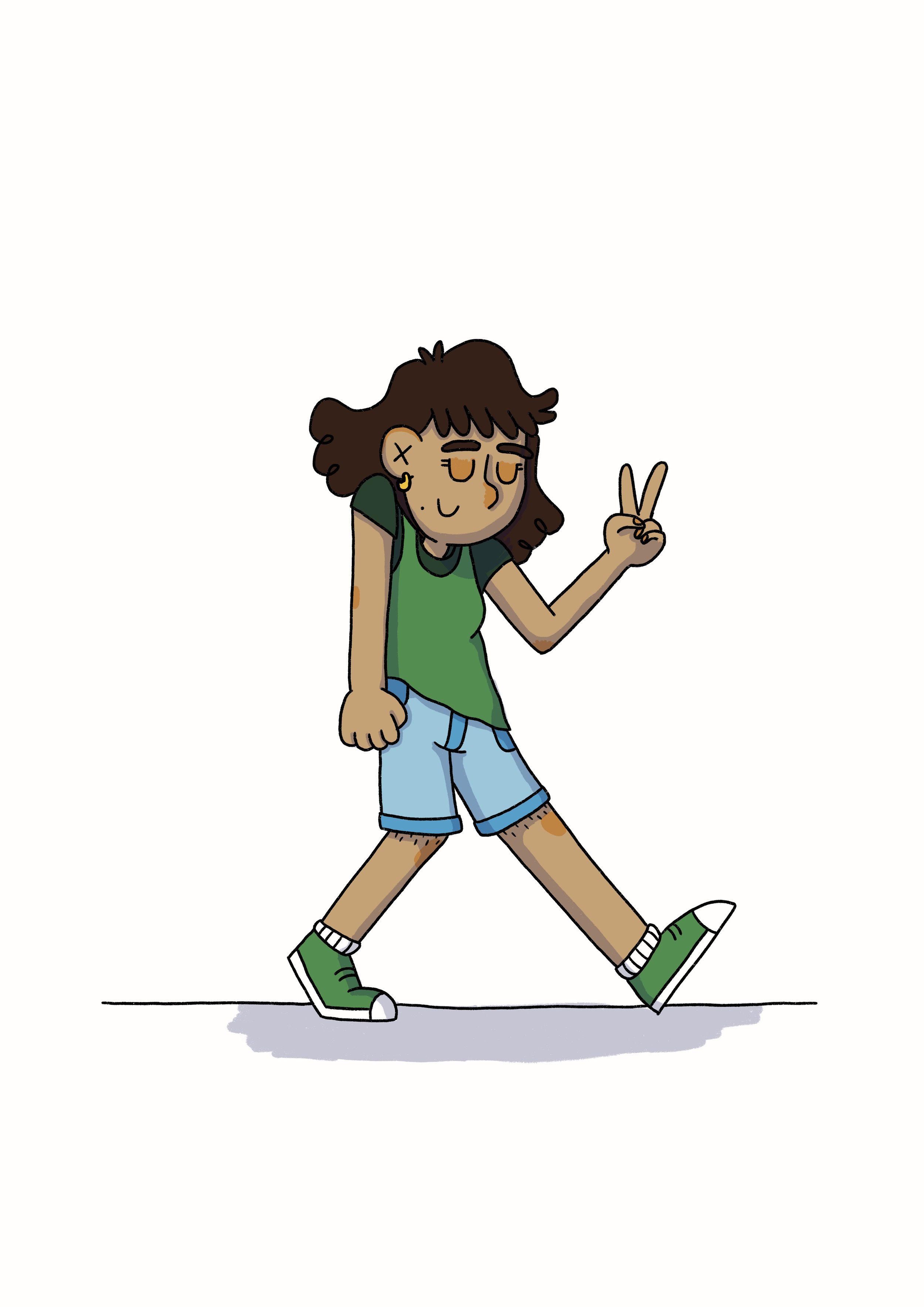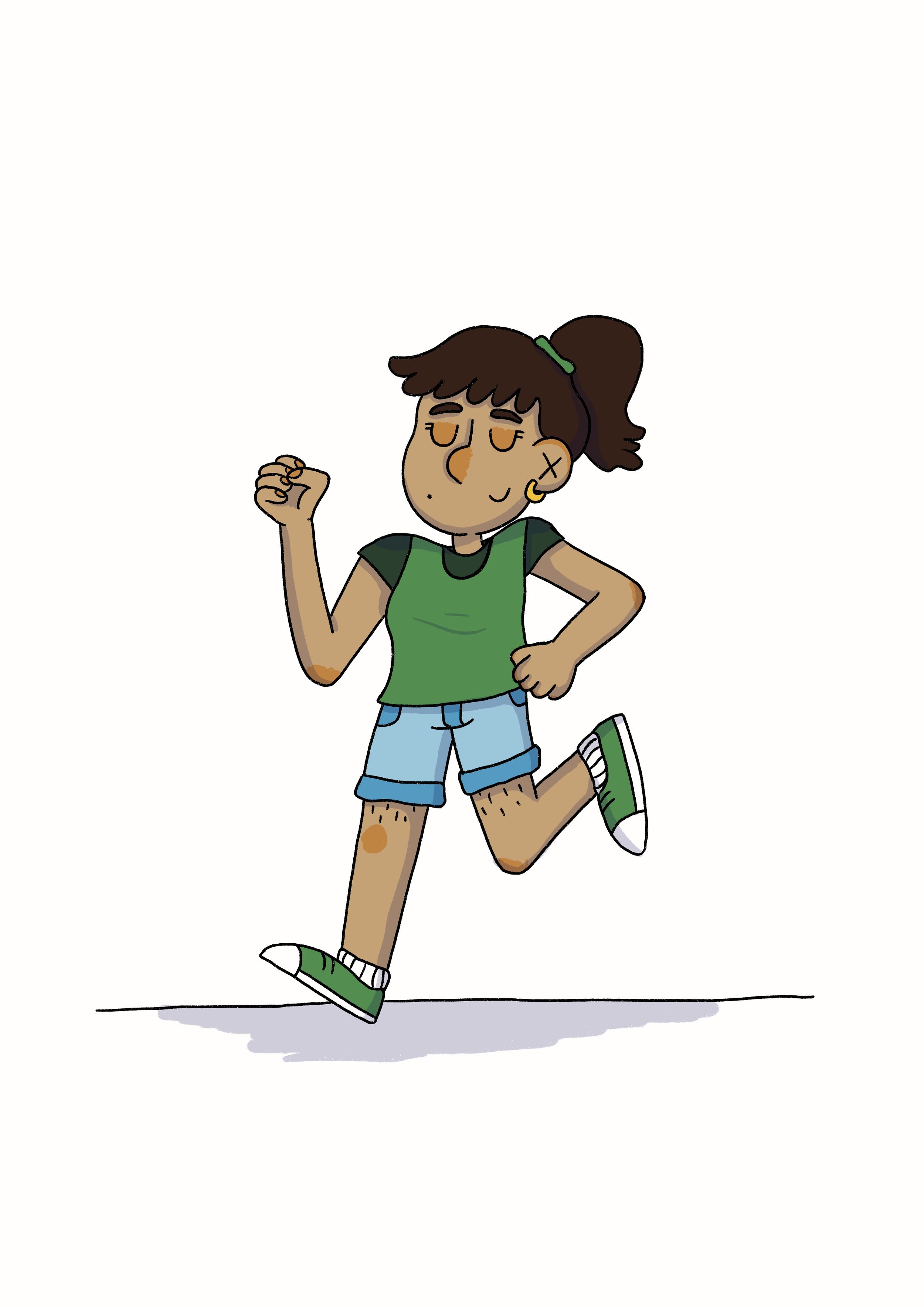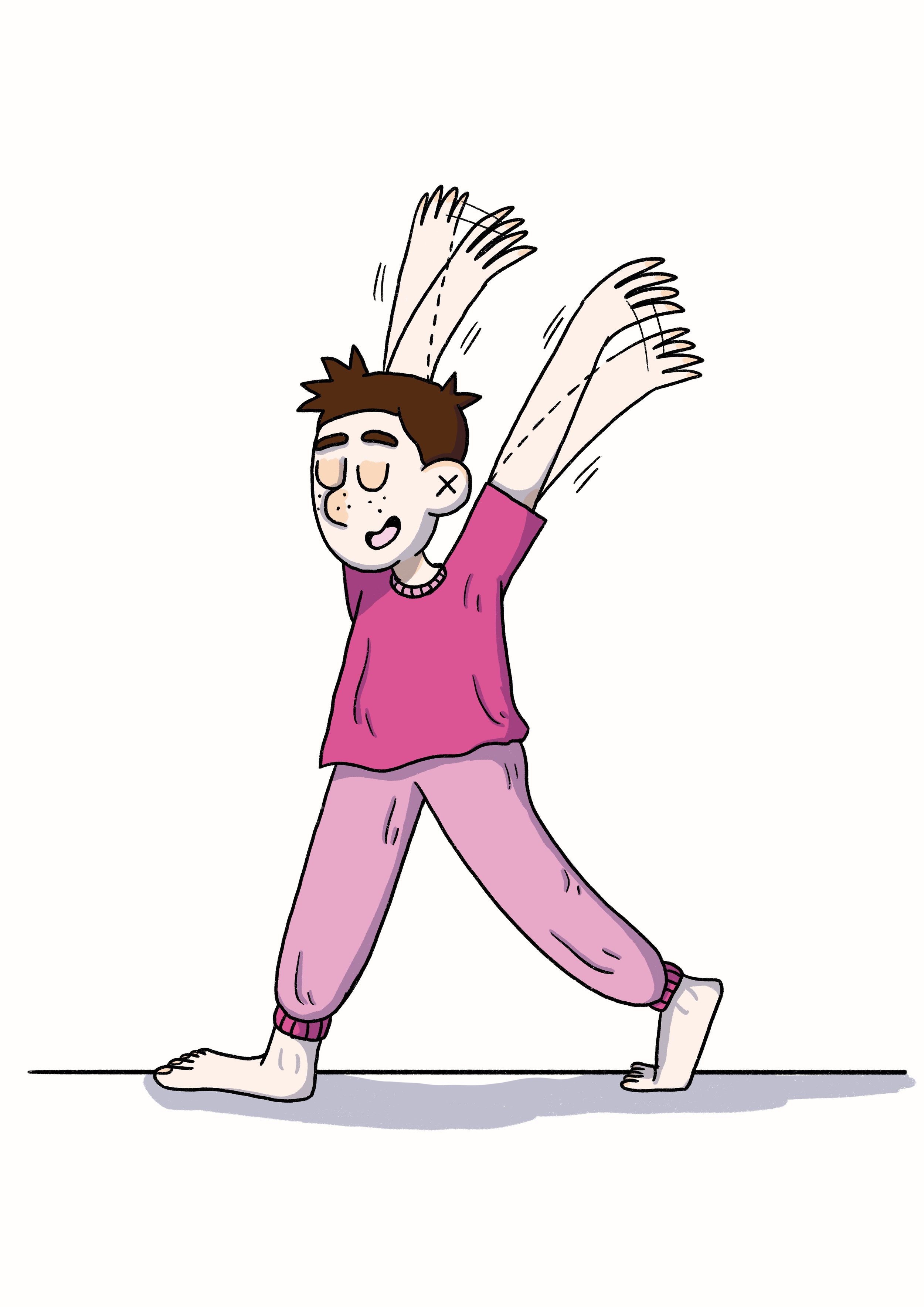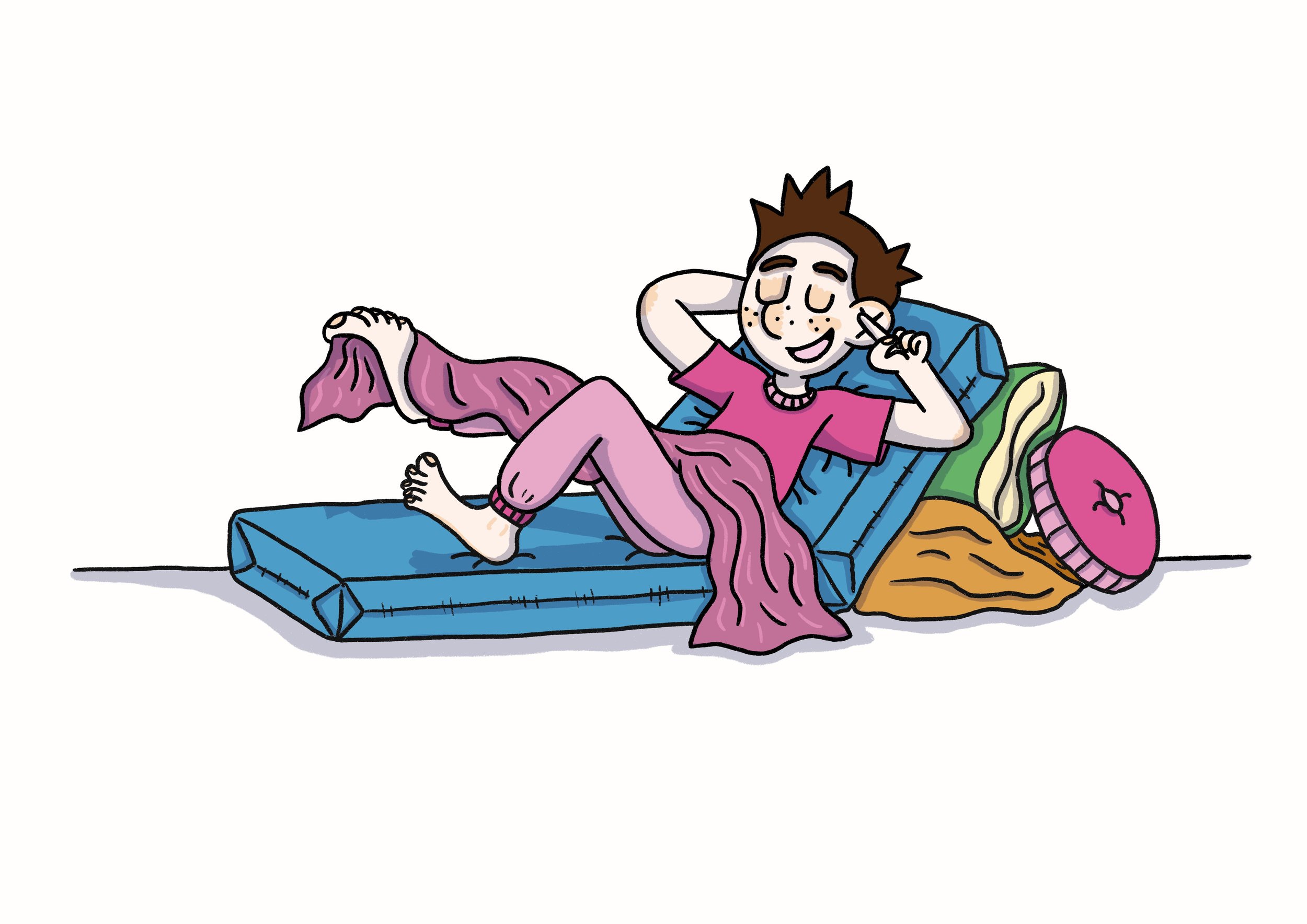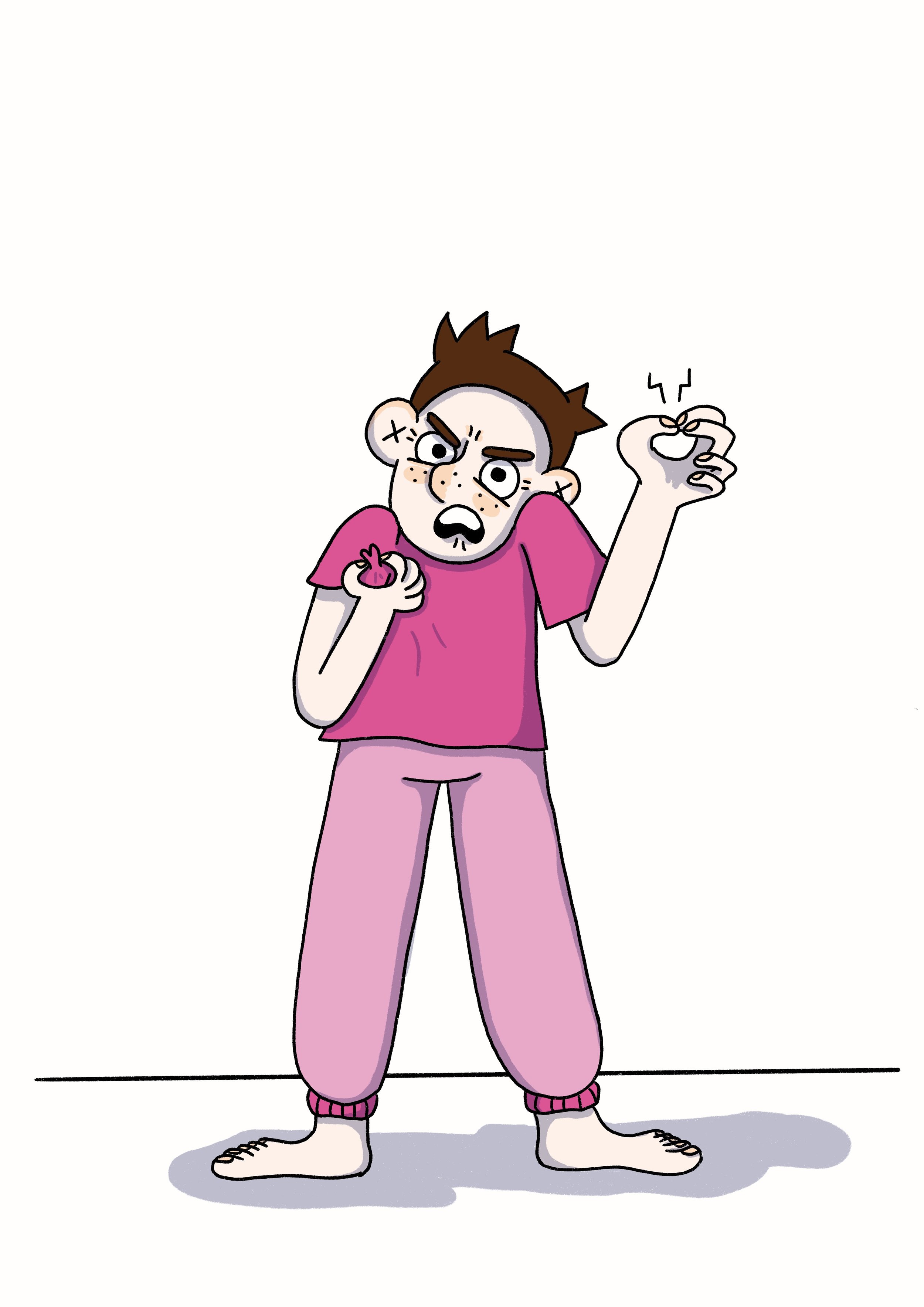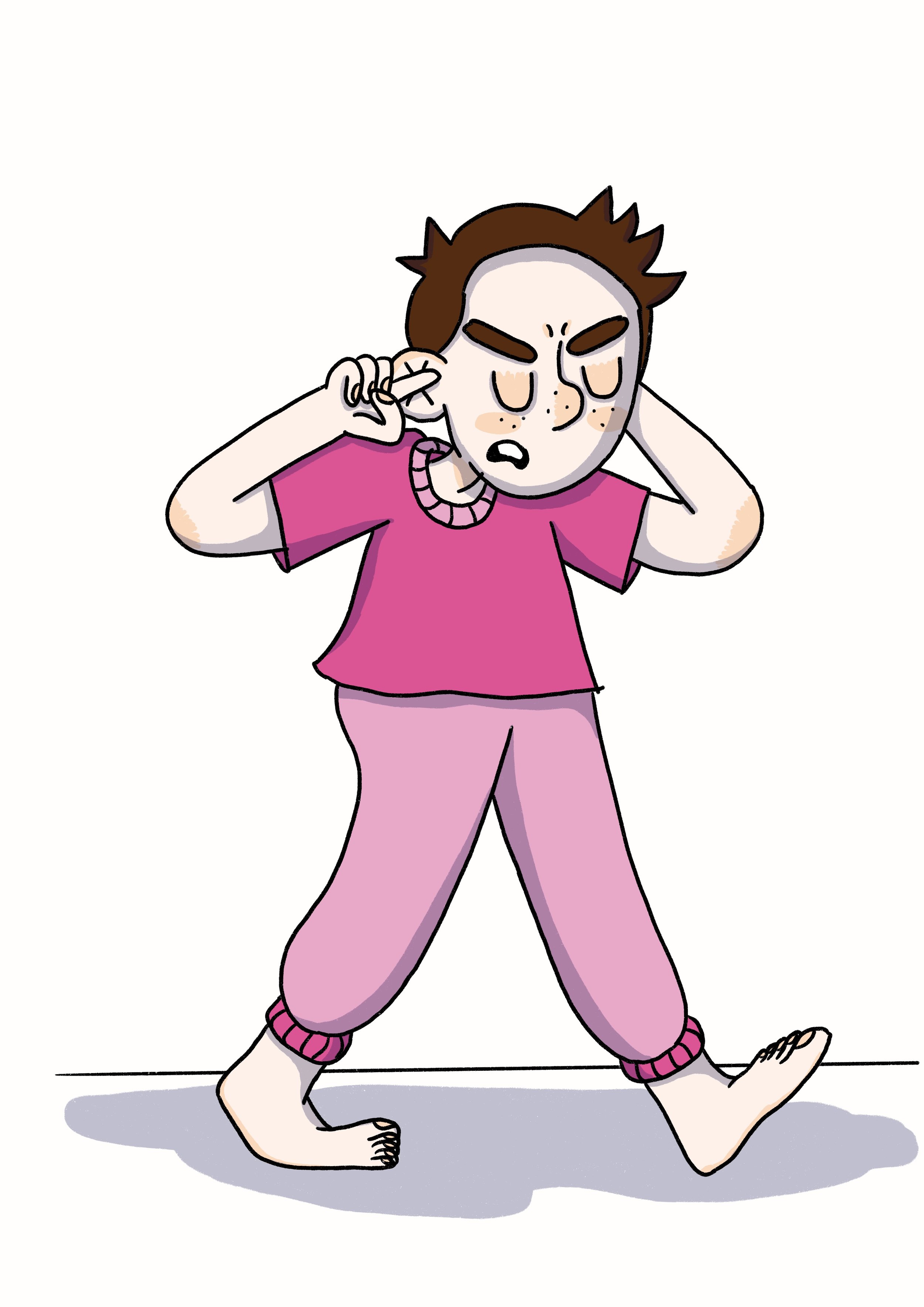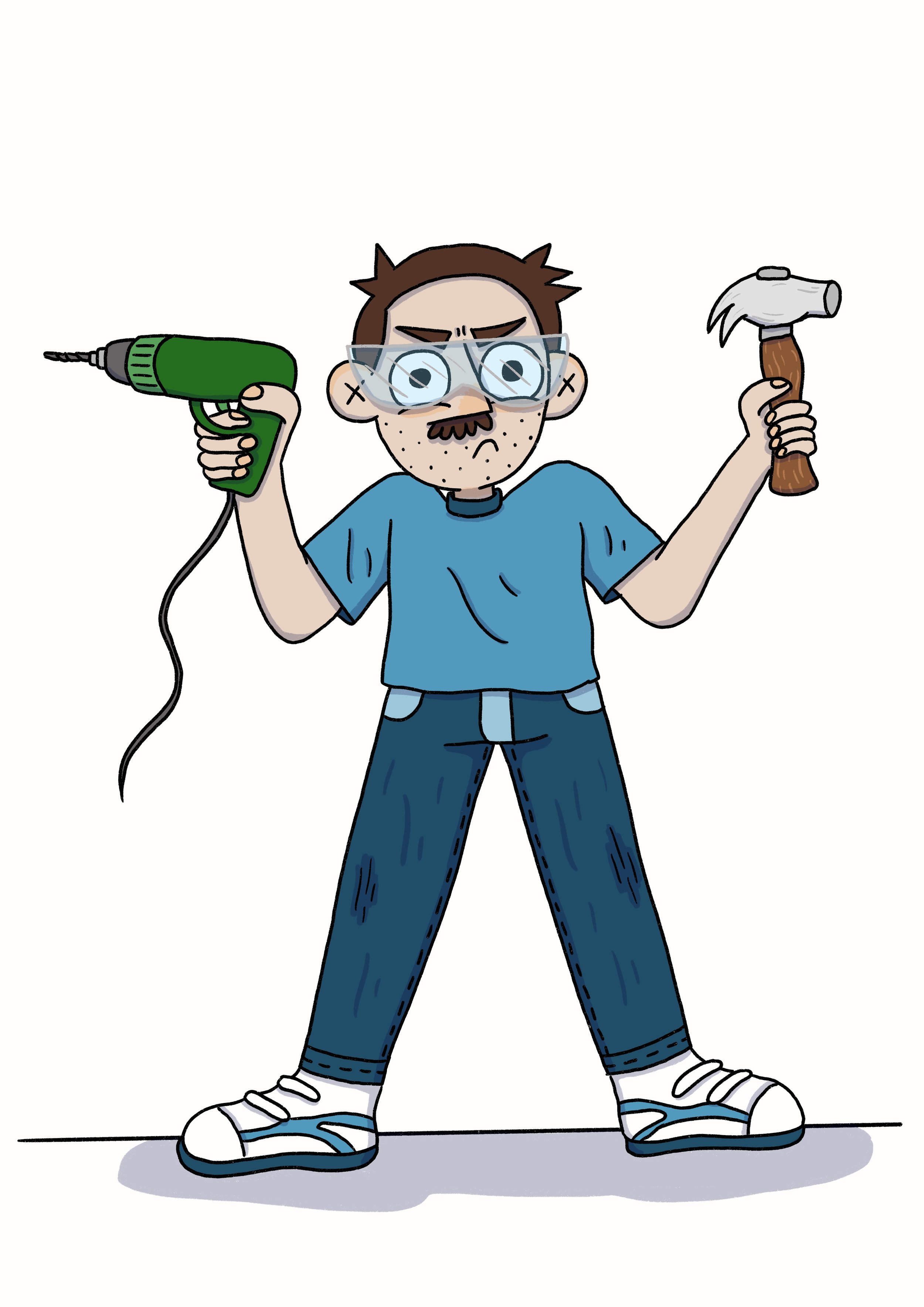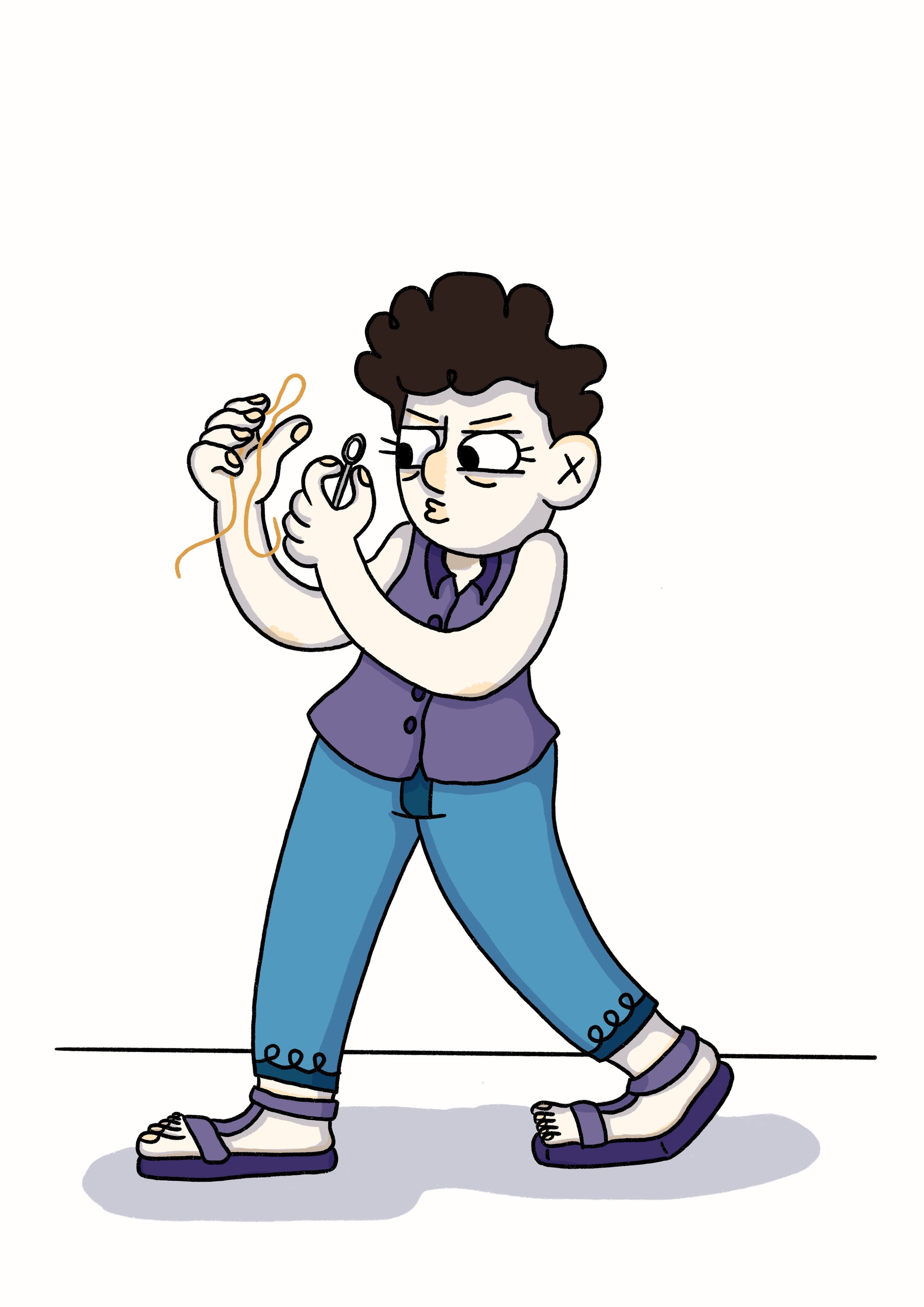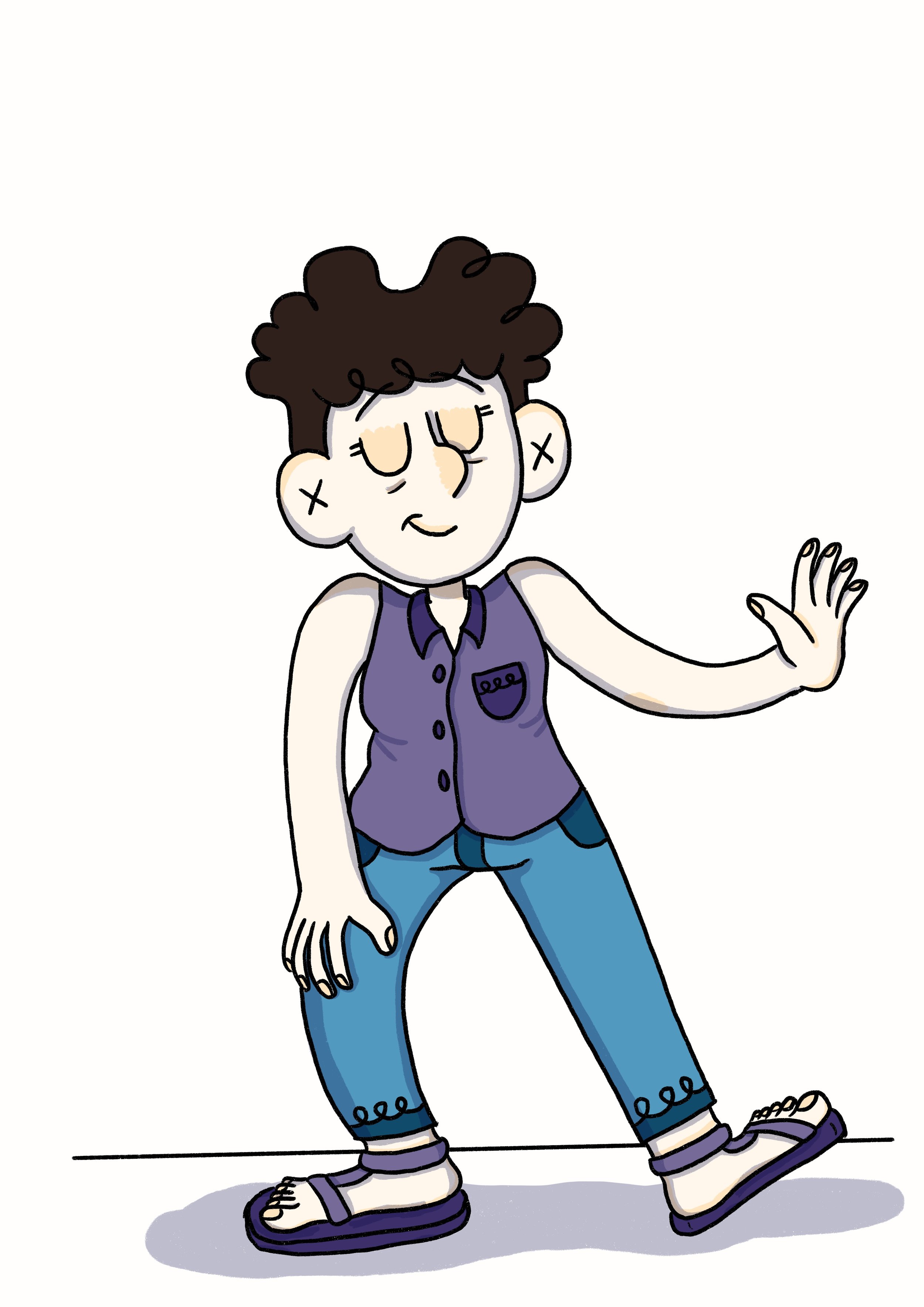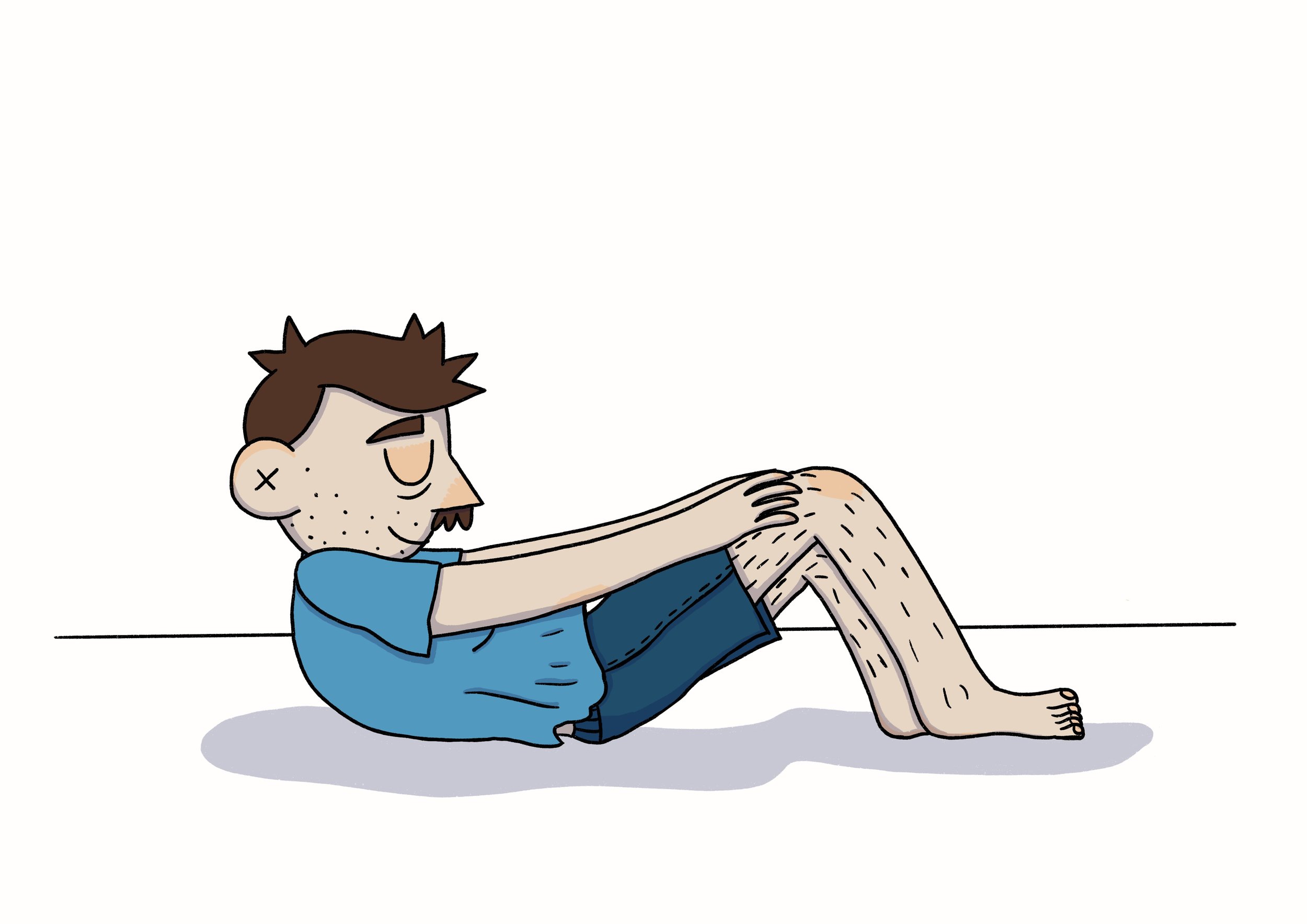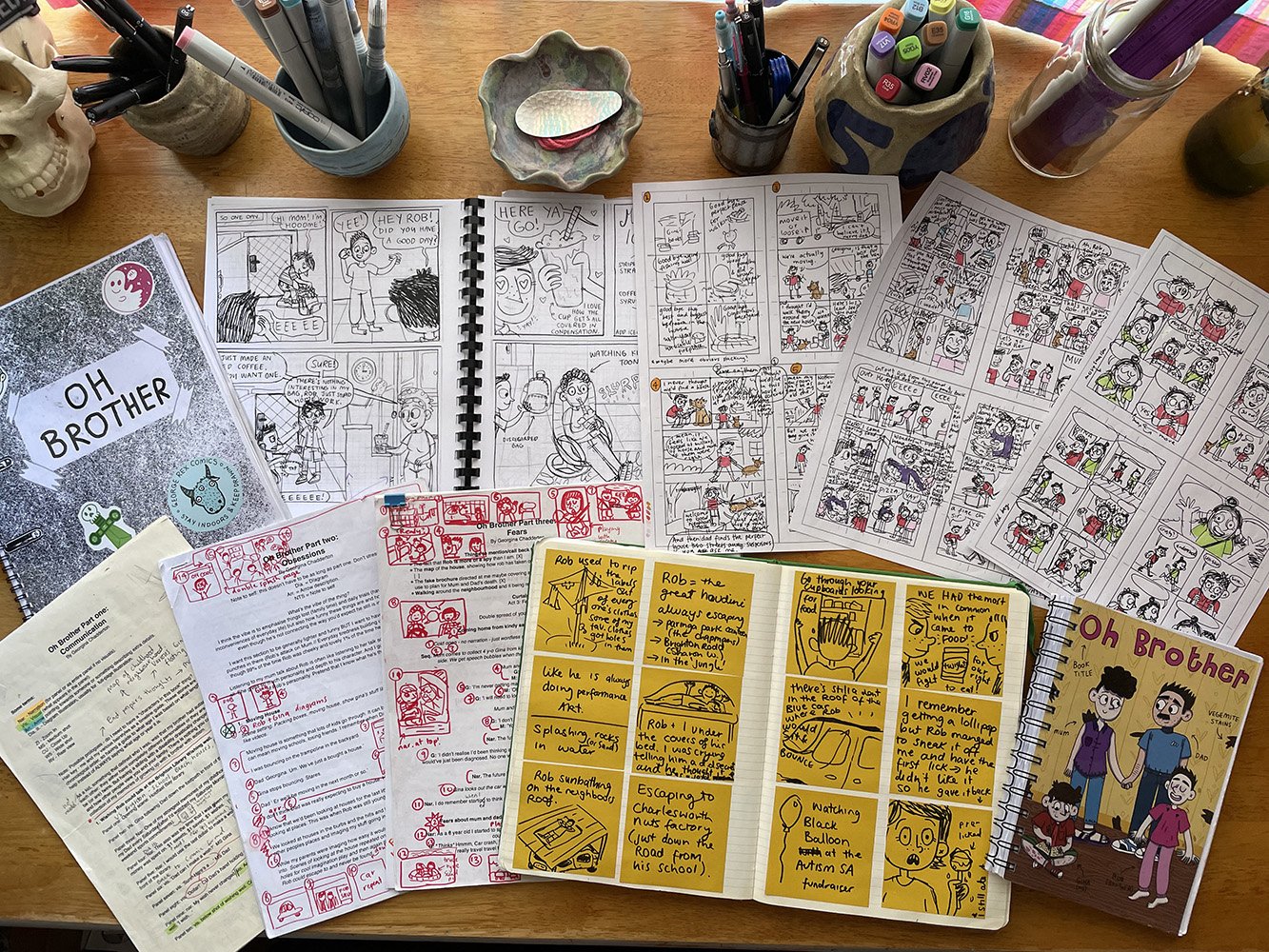STEPS
Here are the steps that I have gone through to complete this new version of the thumbnails:
(1) Outline
I had never written an outline before, so I wasn’t really sure exactly what needed to be included (and I’m still not sure). I ended up with a 3 page text document that explained who the characters are, highlighted some of the major story beats, and outlined the narrative journey and ending for the characters. I received a 3 page document from my editors with suggestions and things to think about when I moved onto the . . .
(2) Written Script
This was initially quite hard for me, as I haven’t written many scripts for other people to read. For my mini comics I usually settle with a dot point list of story beats or just go straight to thumbnailing out the story, as I’m more of a visual thinker/writer. I gave myself the goal of writing 5 pages a day (3-4 days a week, basically whenever I could get studio time outside of other work). This helped me to break down the daunting task of re-writing the script into manageable chunks (it was still pretty hard though). What I did enjoy about the script stage was the puzzle solving of taking the stories I already had from the previous version and working out how to fit them in the new version of the story.
I wrote the script in Pages (Apple’s word doc program) because it’s free and I already had it. I set up the pages so each page of the word doc related to a drawn page of the comic and formatted it so I would view two pages at a time, so I’d get an idea of where the page turns would be, which are super important for a comics story flow.
The text itself was written kinda like a film script with each panel numbered and followed by the dialogue or brief description of what is in the panel. Like this:


